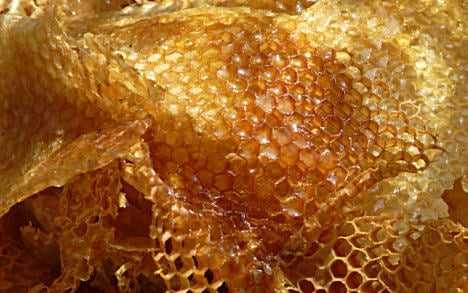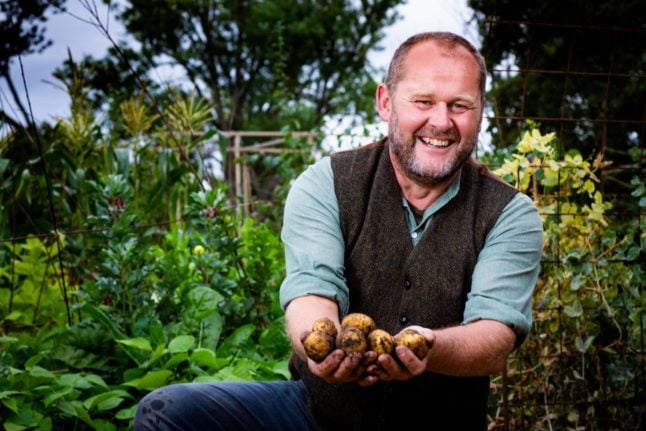The European police coordination body Europol has seized more than 1,200 tonnes of fake or substandard food and nearly 430,000 litres of counterfeit drinks in a joint operation with Interpol across 33 countries, its Hague headquarters announced in a statement this week.
Europol underscored that organized crime networks ran the counterfeit food trade, and that they had made 96 arrests worldwide at the conclusion of its latest sting. The operation, dubbed Opson III, confiscated 131,000 litres of oil and vinegar, 80,000 biscuits and chocolate bars, 20 tonnes of spices and condiments, 186 tonnes of cereals, 45 tonnes of dairy products and 42 litres of honey.
In Sweden, agents got their hands on a drink that claimed to contain honey.
"We found about five tonnes of a product that was said to be mixed with honey, but contained corn syrup and honey aroma," Pontus Elvingson, inspector at the Swedish Foods Agency (Livsmedelsverket), told TT on Friday.
The food crimes ran the gamut across the continent. In Italy, for example, an organized crime network was caught making and selling fake champagne.
"Most people would be surprised at the everyday food and drink which are being counterfeited, and the volume of seizures shows that this is a serious global problem," said Michael Ellis, head of Interpol's Trafficking in Illicit Goods and Counterfeiting unit.
The crimes uncovered in Spain and France were, in contrast to faux honey and illicit bubbly, more gruesome. Paris officials closed down an illegal abattoir, while Spanish police confiscated 4.5 tonnes of snails illegally poached from the forests. The latter sting saw the arrests of 24 people in relation to migration and work infringements.
"It is important to keep the focus on this area of crime since the more information we collect, the more we realize that this illicit trade is managed and run by organized crime groups," said Chris Vansteenkiste, Europol project manager.




 Please whitelist us to continue reading.
Please whitelist us to continue reading.
Member comments